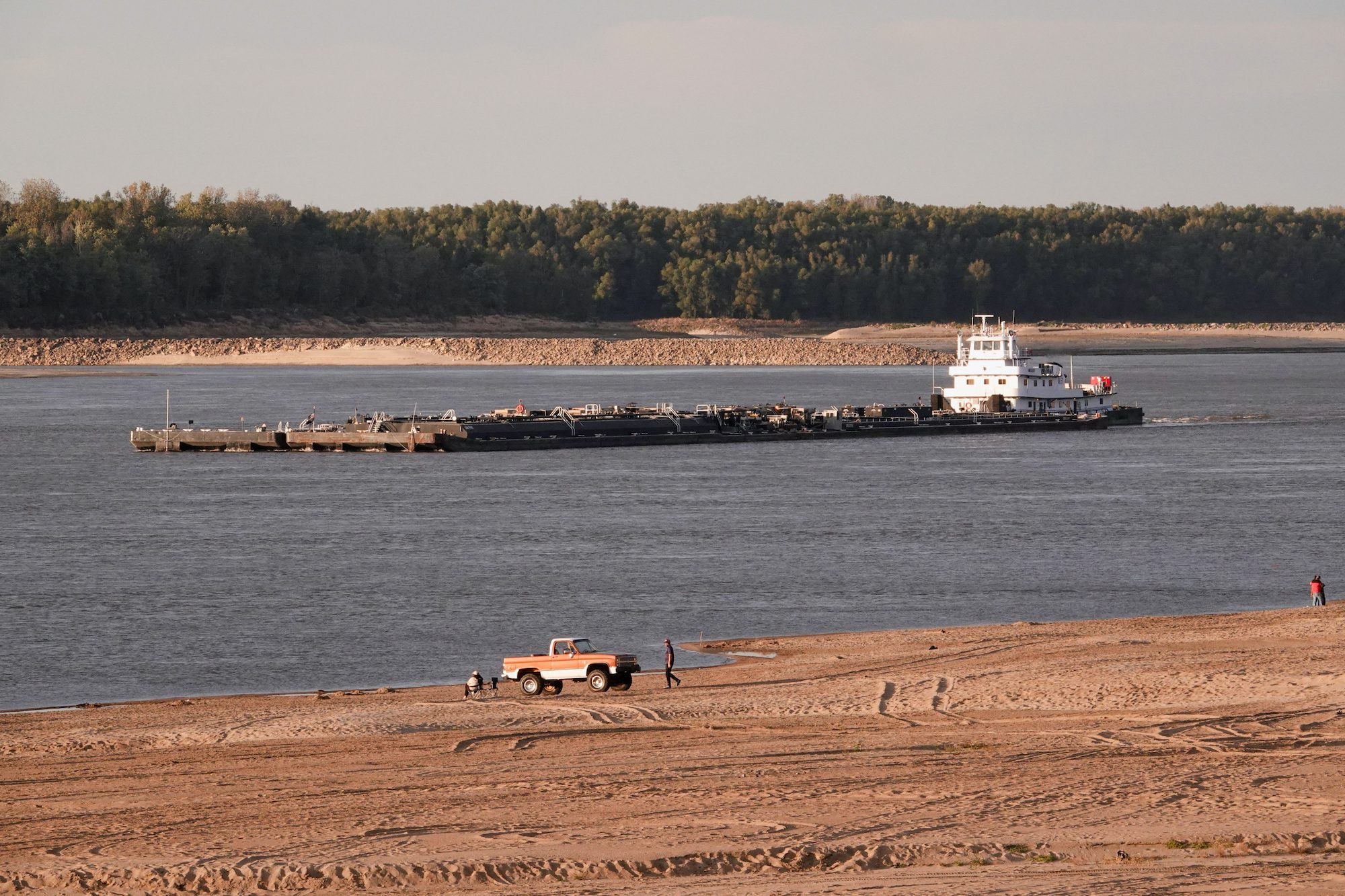Interior’s Burgum Floats Shipping Gas From Alaska North Slope
By Ari Natter and Ruth Liao Oct 24, 2025 (Bloomberg) –US Secretary of the Interior Doug Burgum floated the concept of storing natural gas produced in Alaska’s North Slope and shipping...

By Michael Hirtzer (Bloomberg) —
The shrinking Mississippi River has hobbled the most efficient channel for moving US soybeans onto world markets, prompting a pivot to alternatives from Puget Sound to Texas to the Great Lakes.
Typically, more than half of all US soybean exports traverse the Mississippi River but after weeks of scant rainfall, water depths have dwindled, raising barge costs to an all-time high. As a result, ports in places like southeast Texas that normally handle less than 5% of the nations soybean exports are being thrust into action.
“It’s in dire condition and it’s getting worse,” Mike Steenhoek, executive director of the Soy Transportation Coalition, said by phone. “People are looking for what’s their B, C and D options.”
The US Department of Agriculture said 2.57 million tons of American soybeans were inspected in the week ended Oct. 27, a drop of 12% from the previous week. The Mississippi River accounted for less than a third of the shipments, with supplies also leaving ports in Alabama and elsewhere, data showed on Monday.
At the same time, the river disruptions have increased transport costs so much that American beans and other crops are growing too expensive for some overseas buyers. That’s limiting their utility as replacements for supplies usually sourced from the Black Sea region thrown into disarray by Russia’s war on Ukraine.
© 2022 Bloomberg L.P.

Sign up for gCaptain’s newsletter and never miss an update

Subscribe to gCaptain Daily and stay informed with the latest global maritime and offshore news
Essential news coupled with the finest maritime content sourced from across the globe.
Sign Up